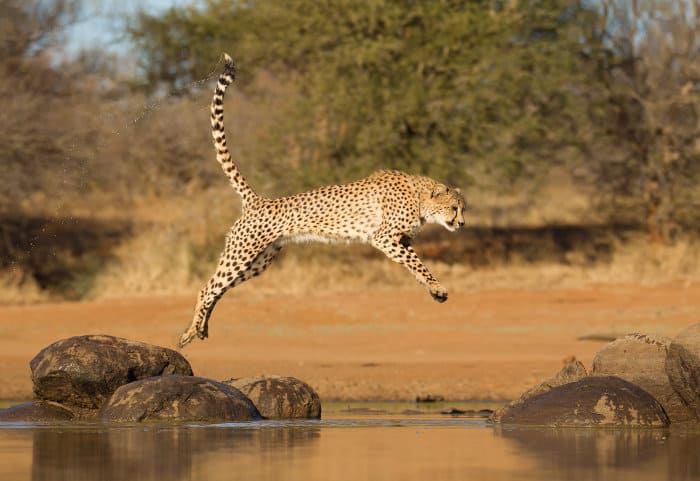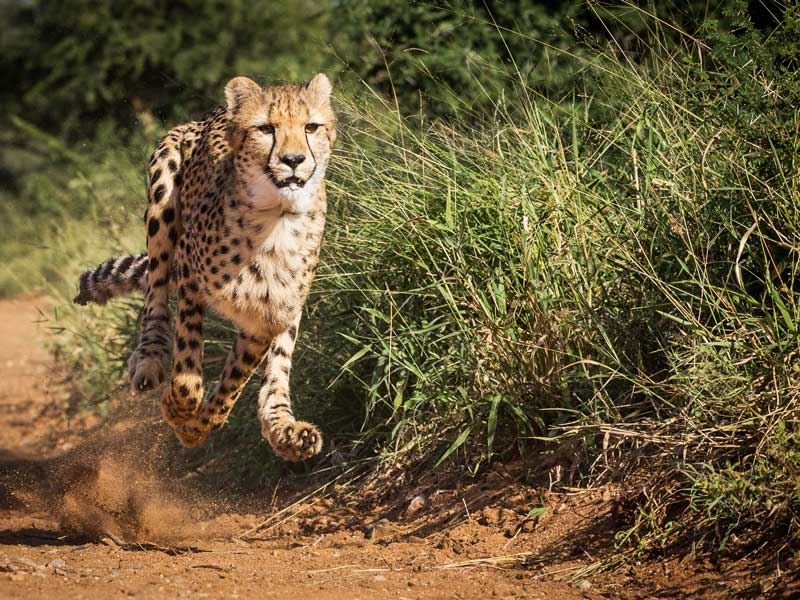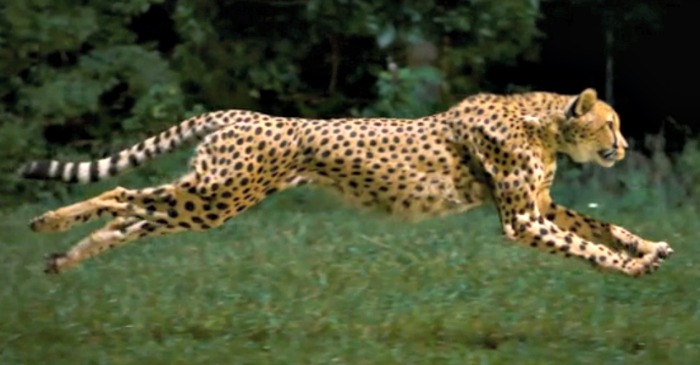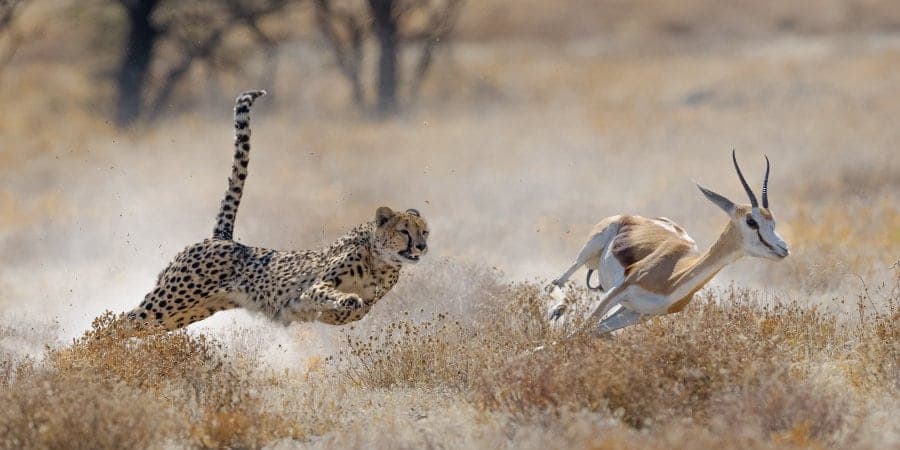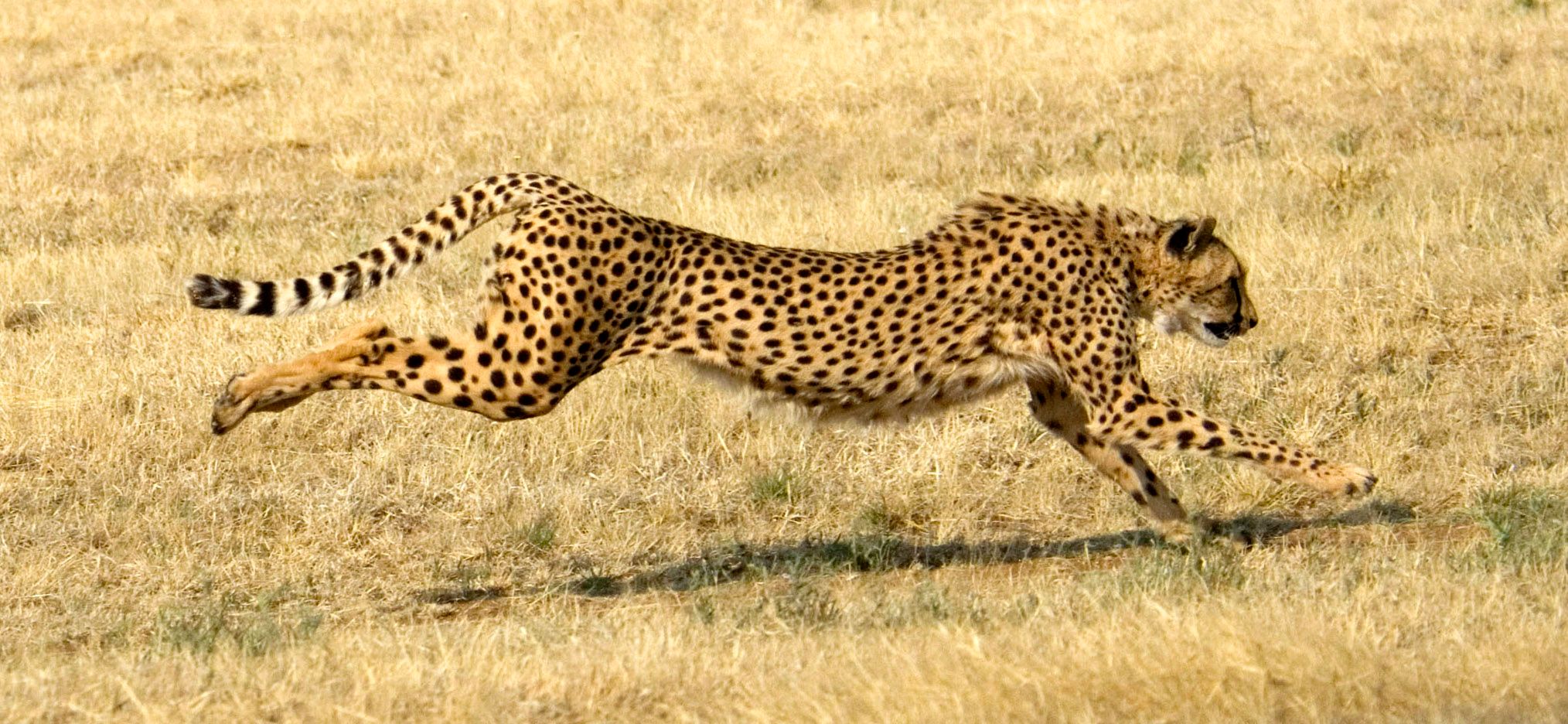Cheetahs: The Fastest Land Animals on Earth
Cheetahs are astonishing creatures, renowned for their extraordinary agility and breathtaking speed. These big cats, native to Africa and parts of the Middle East, can reach impressive top speeds of up to 60-70 miles per hour (around 97-113 kilometers per hour). To put it into perspective, this is faster than most cars can travel on city streets! So, how fast does a cheetah run, and what makes these animals so incredibly swift?
The Fascinating Anatomy and Physiology of a Cheetah
Cheetahs are built for speed, with a range of extraordinary physical attributes that make them the fastest land animals on Earth. Their long, slender bodies are incredibly lightweight, reducing the amount of energy required to reach top speeds. Cheetahs have a flexible spine, which acts as a shock absorber during high-speed pursuits, allowing them to maintain stability and balance. Additionally, their powerful legs generate immense force, enabling them to cover vast distances in just a few strides.
How Does a Cheetah Achieve Its Blistering Speed?
A cheetah’s running stride is a marvel of biomechanics, enabling it to reach its incredible top speed of around 60-70 miles per hour (approximately 97-113 kilometers per hour). Cheetahs have a unique gait, characterized by a flexed spine and elongated body, which allows them to cover ground more efficiently. During high-speed pursuits, a cheetah’s tail acts as a crucial balancing mechanism, maintaining stability and enabling precise steering.
Maximizing Speed: The Science Behind a Cheetah’s Hunting Technique
Cheetahs employ a range of hunting strategies to maximize their incredible speed and secure a meal. Before initiating a chase, a cheetah will patiently stalk its prey, positioning itself for a successful pursuit. Once the cheetah is close enough, it will rely on its blistering acceleration and agility to chase down the target. Cheetahs can reach their top speed in just a few strides, making them one of the most formidable hunters in the animal kingdom.
Comparing Cheetah Speed to Other Fast Animals
Cheetahs are undoubtedly the fastest land animals, but how does their speed compare to other swift creatures in the animal kingdom? For instance, the peregrine falcon is the fastest animal in the sky, reaching speeds of over 240 miles per hour (approximately 386 kilometers per hour) during its hunting stoop. Meanwhile, the sailfish is the fastest marine animal, capable of swimming at speeds of up to 68 miles per hour (around 110 kilometers per hour). Although these speeds are impressive, they are achieved through different mechanisms than those used by cheetahs.
Cheetahs rely on their unique anatomy, biomechanics, and hunting strategies to reach their remarkable top speed of around 60-70 miles per hour (approximately 97-113 kilometers per hour). This speed is unmatched among land animals and highlights the incredible adaptations that enable cheetahs to thrive in their environment.
Preserving the Cheetah Population and Its Remarkable Speed
Cheetahs, as the fastest land animals on Earth, face numerous threats that jeopardize their populations and extraordinary speed. Habitat loss due to human encroachment, human-wildlife conflict, and climate change are significant challenges that cheetahs must overcome. Moreover, the illegal pet trade and bushmeat poaching further exacerbate the decline of cheetah populations.
To protect cheetahs and preserve their remarkable speed, it is crucial to support conservation efforts dedicated to safeguarding these magnificent creatures and their habitats. By raising awareness about the threats facing cheetahs, we can inspire collective action to ensure their survival and continued presence in the wild.
How to Support Cheetah Conservation Initiatives
Supporting cheetah conservation is essential for preserving these magnificent creatures and their extraordinary speed. Various organizations are dedicated to protecting cheetahs and their habitats, and there are several ways to contribute to their efforts.
- Donate: Financial support is crucial for conservation organizations to carry out their mission. Consider donating to a reputable organization focused on cheetah conservation.
- Volunteer: Many organizations offer volunteer opportunities, allowing you to contribute your time and skills to cheetah conservation efforts.
- Raise Awareness: Share your knowledge about cheetahs and the threats they face with friends, family, and social networks. Increased awareness can inspire collective action to protect these animals.
- Advocate: Contact your local representatives to express your support for cheetah conservation initiatives and policies that protect wildlife and their habitats.
- Adopt a Cheetah: Some organizations offer symbolic adoptions, allowing you to support the care and protection of a specific cheetah.
Embracing the Cheetah’s Speed as a Symbol of Grace and Power
Cheetahs, the fastest land animals on Earth, are a testament to the incredible grace and power of nature. Their remarkable speed, a result of their unique anatomy, biomechanics, and hunting strategies, is a source of awe and inspiration for many. By embracing the cheetah’s speed, we can foster a deeper appreciation for these magnificent creatures and their role in the ecosystem.
As we learn more about the cheetah’s extraordinary abilities, we are reminded of the importance of preserving their populations and habitats. By supporting conservation initiatives, raising awareness about the threats they face, and advocating for policies that protect wildlife, we can contribute to the long-term survival of cheetahs and ensure that their remarkable speed remains a symbol of nature’s grace and power for generations to come.



